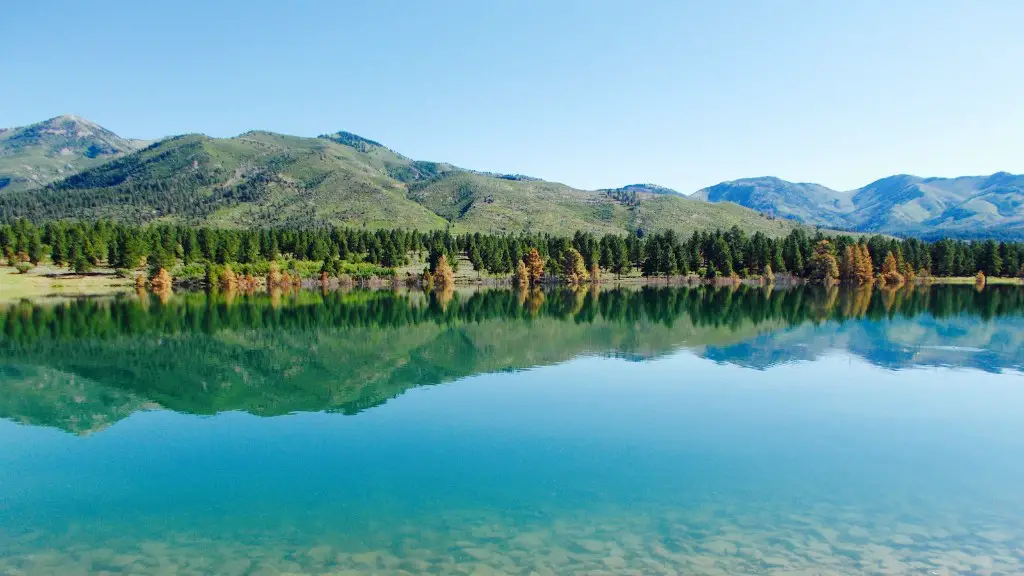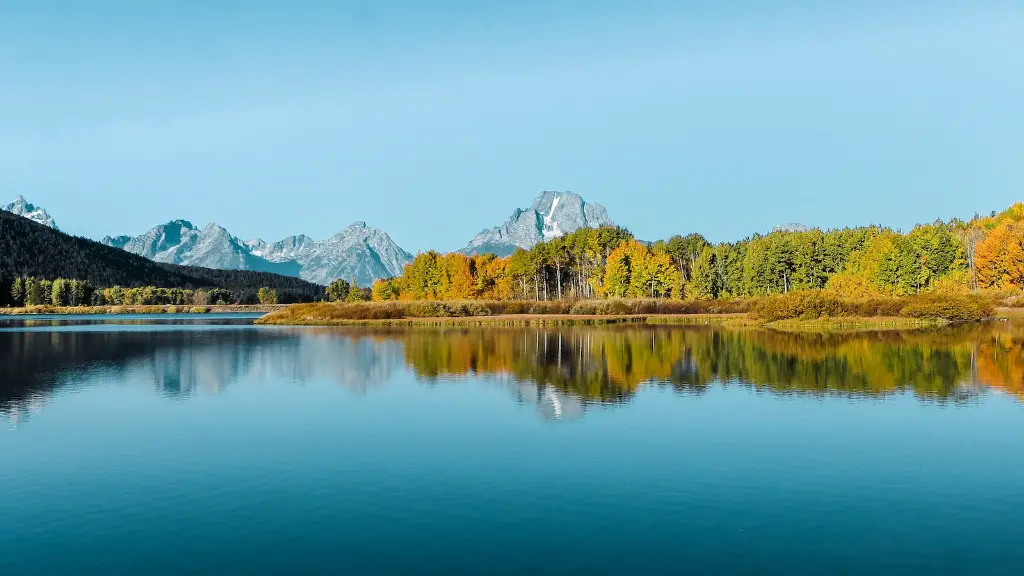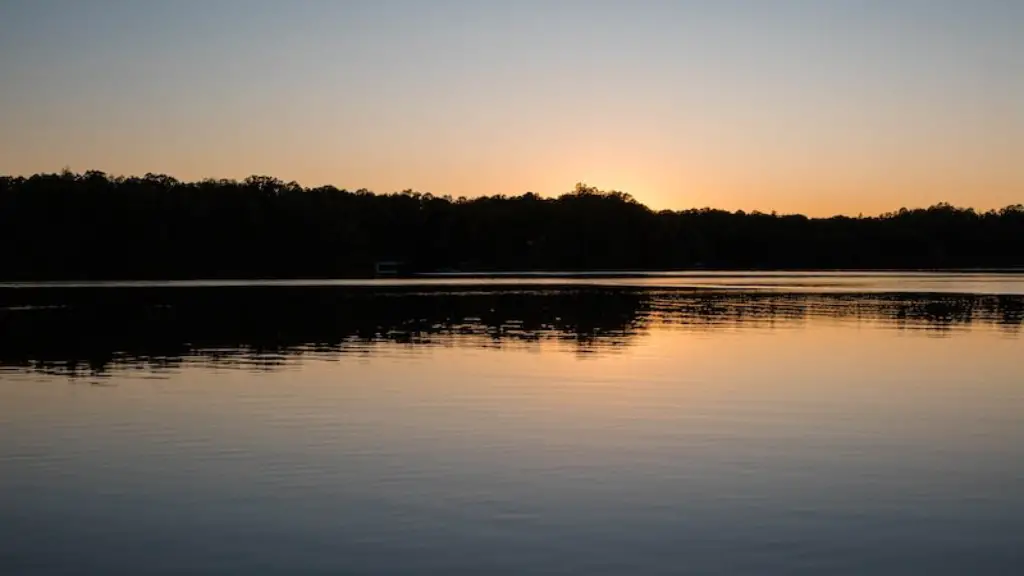Overview
Lake Superior is one of the five Great Lakes in North America, located at the northernmost limit of the United States. It is the largest freshwater lake in the world by surface area and one of the coldest, with temperatures usually ranging between 35-45°F in the summertime. Despite its frigid temperatures, more and more people are flocking to the lake to bask in its beautiful shorelines and stunning views, a trend which has brought swim safety into question.
Risks in Swimming
Swimming in Lake Superior definitely has its risks. Though the water may appear to be clear, there are a number of dangerous organisms that can make their way into the lake, endangering swimmers. According to the United States Environmental Protection Agency, some of these include E.coli, blue-green algae, and in some cases, even leptospira, a bacterium that is known to cause leptospirosis, a potentially serious infection. Additionally, dangerous currents can be unpredictable, sudden, and violent — not something one wishes to experience while swimming.
The Clean-Up Process
Though there are safety concerns for those who choose to swim in Lake Superior, there are also precautions and measures being taken to address the potential hazards. In recent years, much effort has been devoted to cleaning up the lake in order to make swimming safer, such as the implementation of wastewater treatment plants, sediment removal and restoration, and biological and chemical tests to assess the quality of the water. These efforts have greatly improved water quality and reduced contamination levels, making swimming marginally safer.
Tips for Swimmers
Experts agree that there are a few health and safety tips they suggest swimmers follow while in Lake Superior. Firstly, it is recommended that swimmers take note of the lake’s various safety advisories and warnings. This will give them an overview of any warnings for high temperature or chemical levels in certain areas, thus avoiding unnecessary risks. Secondly, as the lake can be unpredictable and its currents are strong, swimmers should always be aware of their surroundings and stay close to shallower waters in order to stay safe.
The Experience
In addition to the health and safety considerations, swimming in Lake Superior can be an incredibly rewarding experience. For many people, the serenity and peacefulness of the lake evokes a sense of awe, as well as a connection to nature. The vastness of the lake has inspired and amazed generations of explorers, and for many is a source of pride and even spiritual nourishment.
Monitoring Conditions
In order to ensure that the experience of swimmers remains safe and enjoyable, it is important to keep track of the lake’s conditions. Regular monitoring of the lake’s temperature, as well as testing of bacteria levels and chemical composition, is done in order to identify when risks may be present. Additionally, many areas of the lake are classified for different uses, such as swimming, kayaking, fishing, and more, allowing visitors to go to the lake best suited for their desired activity.
Conclusion
Overall, the safety of swimming in Lake Superior depends on the knowledge and preparation of the swimmer. Knowing when and where to swim is important, as is keeping track of water conditions. But when done responsibly, it can be a refreshing and awe-inspiring experience.
Understanding Local Protocol
Those wishing to partake in Lake Superior can also benefit from familiarizing themselves with local customs and protocols in regards to the lake. This is especially true when embarking on a foray into the lake in order to make sure that one is not going against any local laws or customs. Additionally, this could be a great learning opportunity to understand how local communities interact with the lake, and potentially become an advocate for its preservation and health.
The Declining Health of Lake Superior
Though strides are being made by local governments and non-profit organizations to reduce the amount of pollutants entering the lake, there is still an urgent need for more action throughout the region. Lake Superior remains under immense pressure from agricultural and urban runoff, climate change, invasions of non-native species, tourism, and more. Scientists agree that unless steps are taken to reduce these influences, the health of the lake could suffer.
How You Can Help
Those wishing to help protect Lake Superior are encouraged to get involved in the conservation and preservation of the lake. There are a number of organizations both on a local and international level looking to bring attention and draw support to the lake’s deteriorating state. Educational initiatives have also been created to aid in spreading awareness of the lake and will continue to be key in raising its profile and inspiring others to join in.
The Future of Lake Superior
Though the lake’s future remains uncertain, the long-term prospects for Lake Superior are generally positive and optimistic. With increased environmental protections and education, the lake has a chance to remain a beautiful and pristine resource for many years to come. Those who already admire and cherish the lake are determined to make sure that it stays that way for future generations.


